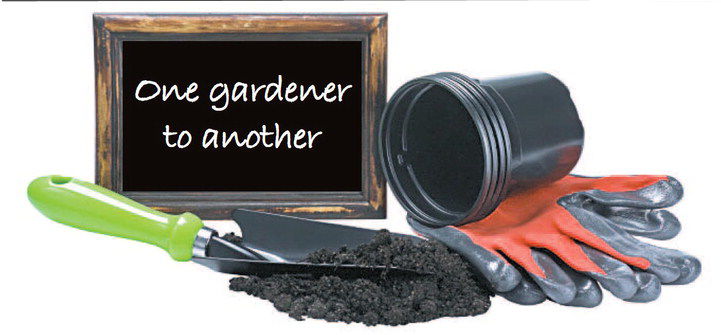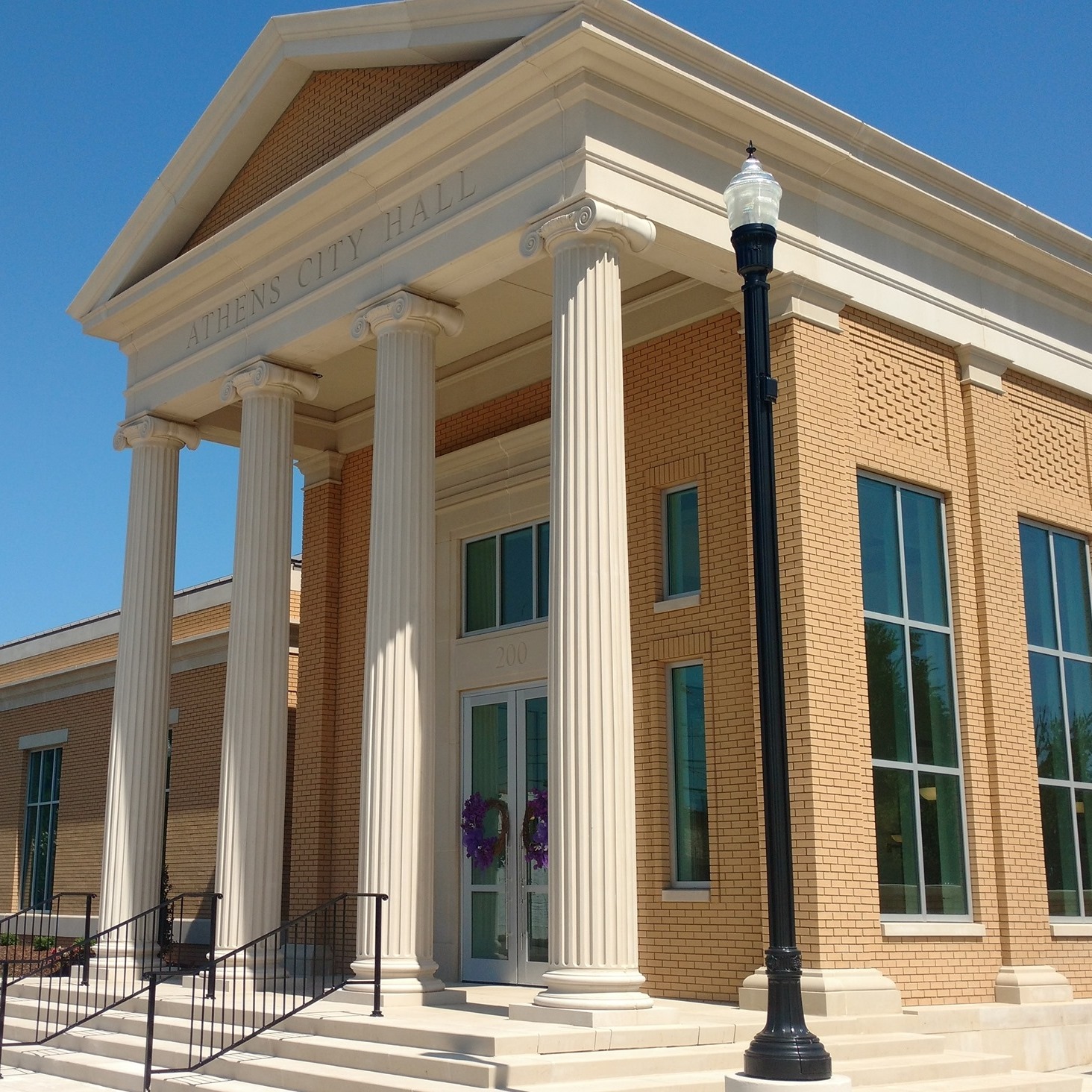ONE GARDENER TO ANOTHER: Drip irrigation has several benefits
Published 6:45 am Monday, July 9, 2018

- One Gardener to Another
Last week, I did an overview of ways to conserve water in the garden. They included drip irrigation, the use of rain barrels and planting drought-resistant plants. This week, we will talk a bit more about drip irrigation.
One of the most effective techniques to get water to your plants is drip irrigation. Underground and aboveground sprinklers cover a wide area. However, not all plants require the same amount of water. Established lawns, shrubs and trees very rarely need watering outside of rainfall.
Trending
Grass, for instance, does not require watering until signs of drought stress are evident. Frequent watering only encourages a shallow root system and will actually make your lawn less drought-tolerant. On the other hand, vegetables and container plants need more frequent watering, and even those two require different irrigation needs.
This is where drip irrigation is a perfect solution. Drip irrigation conserves water by placing a precise amount of water where you need it. The first step to installing a drip irrigation system is to start at the water source. The key components are the valve, at the water source, attached to a backflow preventer, pressure regulator, filter, tubing adapter and then the drip tubing.
The backflow preventer allows water to go through in one direction but prevents it from running back in the other direction. Why is this important? Because once water reaches its desired destination, it comes in contact with chemicals, pesticides and animal waste. You don’t want this to come back through your pipes and into your drinking water.
The pressure regulator lowers water pressure and keeps it at an even flow even if the incoming water pressure varies up and down. A filter is a necessary component, because water piped to your house is not free from particles that will clog emitters. It may contain sand, rust or other debris from the inside of pipes.
The tubing adapters connect the valves to the drip tubing. From there, various emitters, which are the components that control how fast the water drips out onto the soil, are snapped or screwed along the length of the drip tube.
Head can be simple drip emitters for vegetable gardens or raised head miniature sprinkler heads with varying spray patterns that are good for flower beds or ground cover plants.
Trending
Drip tubing can be configured to fit the design and needs of your garden. Elbow and tee connectors can help navigate the drip tubing around beds or split tubing to go into different beds. The use of a punch tool allows you to attach emitter tubing and emitters exactly where your plants are located.
Tubing can be run up columns or fencing to reach window boxes and hanging baskets. Because of the flexibility of the tubing, the ability to split the tubing to run to various areas and the variety of emitters, watering possibilities are endless. Tubing can also be on top of the soil or concealed under mulch so it is less obvious.
Multiple connections can be established from the main water source by installing a two- or four-way connector. These components come with shut off valves if you are not using all of the ports. Timers are also available that can be set to water multiple zones at specific times for a set amount of time on a variety of days.
Drip irrigation can be as simple or complex as you need it to be, but the bottom line is that they are an ideal solution for conserving water. Until next week, happy gardening.
— Irland, a member of the Limestone County Master Gardeners, can be reached at kippirland@hotmail.com. For more information on the Limestone County Master Gardeners, visit http://%20mg.aces.edu/limestone.





